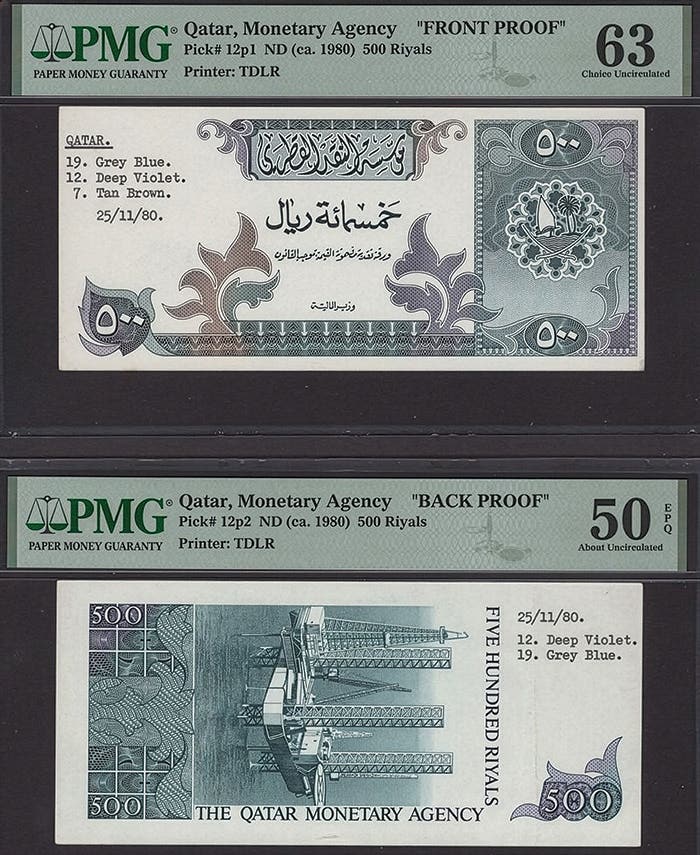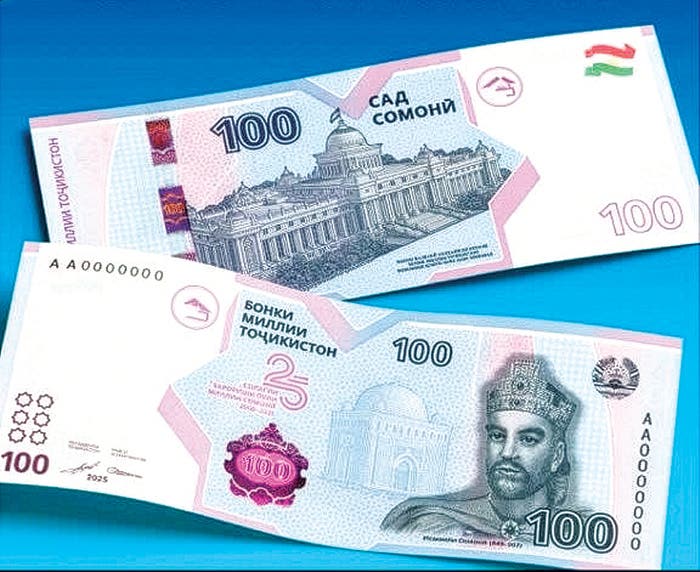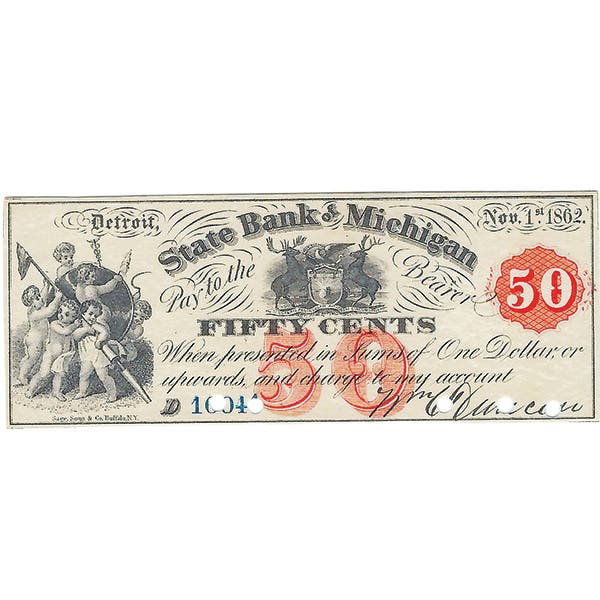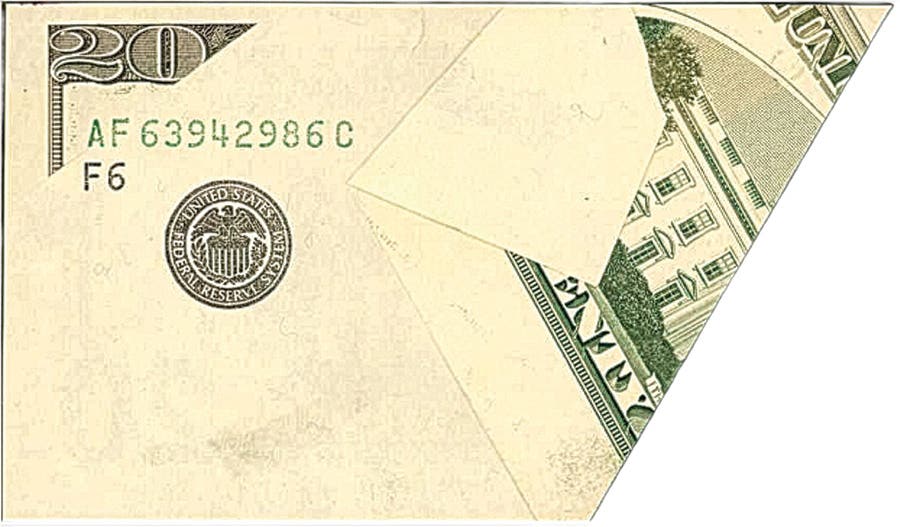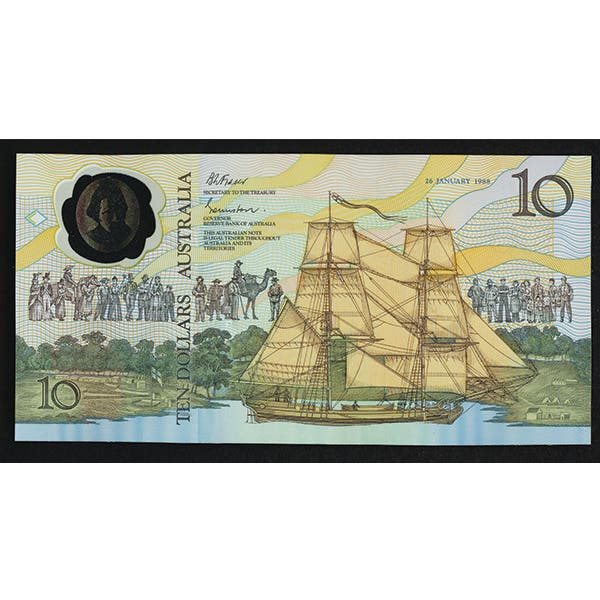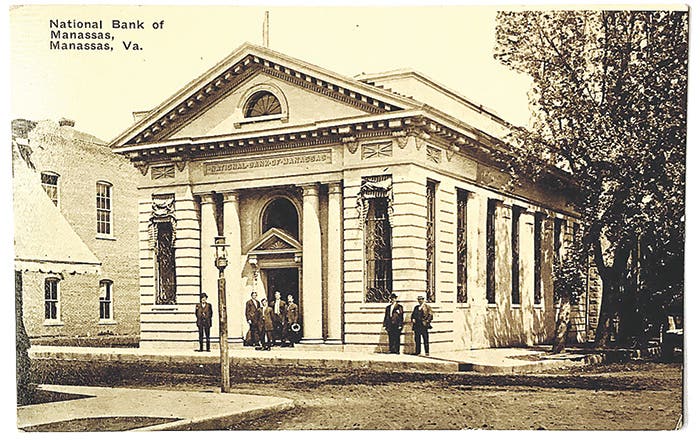Behind the Bank Note with Jeremy Lee
Jeremy Lee has an active interest in paper money of Asia specializing in the bank notes of Hong Kong, Macau and the Foreign Banks in China. He has significant experience…
Jeremy Lee has an active interest in paper money of Asia specializing in the bank notes of Hong Kong, Macau and the Foreign Banks in China. He has significant experience in the sphere of Asian notaphily and has worked with numerous governmental organizations, academic institutions and auctioneers including being one of the museum consultants for the Hong Kong Currency exhibition organized by the Hong Kong Museum of History in 2012. Lee has advised on many of the leading publications in Asian numismatics, including K.N. Boon’s Hong Kong & Macau Numismatic Reference, Owen Linzmayer’s The Banknote Book as well as the definitive Currency of Macau (A Complete Reference) published by the Associação Numismática de Macau.
He has also published more than 20 research articles which have been featured in the numismatic journals of the Hong Kong Numismatic Society, the Associação Numismática de Macau, the Tan Ji Collectible Journal (Taiwan) as well as various online media outlets in Hong Kong. Lee is also the current district representative for the ANA in Hong Kong where he works with various show organizers and numismatic associations in the region to promote the hobby, with a focus on cultivating the next generation of collectors.
Q. How long have you been a Hong Kong bank note collector?
Hong Kong bank notes was my first specialized collecting area, although I had dabbled in paper money of my home country, Singapore as well as the earlier issues of Malaya and the Straits Settlements. I think I started collecting Hong Kong paper beginning 1999.
Q. How many banks produced notes between the mid-1800s and 1960s?
A total of 8 banks issued (or attempted to issue!) bank notes beginning in the late 1850s; if you include the Hong Kong Government which issued notes of a dollar and below starting 1935, there would be 9 issuers in total.
Q. What makes these older notes special?
I guess early Hong Kong notes are the stuff most collectors dream of – they combine artistic beauty with rarity. The earlier cheque-like issues which were the mainstay of notes issued prior to 1900 were mostly redeemed when subsequent series were issued, also, back then most people would rather cash in the notes for silver coin rather than holding onto a piece of paper; especially when banks such as the Oriental were known to collapse during economic crises.
The issues from the 1910s to just before the Second World War are, in my opinion, one of the best examples of the engravers’ art in the history of paper money manufacturing. Most were printed by Waterlow in London and featured really ornate scenes of Chinese scenery adapted from the paintings of Thomas Allom, who ironically never set foot into China before.
Q. What is the most memorable or noteworthy piece in your collection?
Every note in my collection to me is special in some way, so I can’t really say I am partial to any one of them. However, there are some interesting examples of the unissued emergency overprinted notes that were prepared but never issued in the immediate aftermath of the Japanese surrender in September 1945. The notes were subsequently destroyed when new supplies of regular issues were flown in from London. They may not be the most valuable pieces around, but they do tell a very meaningful story!
Q. What makes Hong Kong notes so global in interest?
Hong Kong, one of the greatest cities and an important financial and cultural hub, never fails to draw upon the imagination of many collectors, and Hong Kong bank notes are in demand from both collectors of Chinese as well as British colonial paper money. Being the numismatic hub of Asia, having a vibrant local collector base and being one of the most popular and actively bid on countries in international paper money auctions also provide significant impetus for Hong Kong bank notes to gain exposure globally.
Q. How common are National Bank of China Limited lower denomination notes and why are they significant?
Pretty rare, probably no more than 10 examples of each denomination exist. Only the $5 and $10 notes have been found issued, the rest are only found in specimen form. Colour trials exist too. They are significant because the National Bank of China was the first local bank to be granted the authority to issue paper money. Coincidentally, the next bank to do so, the Bank of China (Hong Kong) Limited issued its first notes on 1 May 1994, almost a hundred years to the day when the first notes were issued by the National Bank.
Q. Chartered Bank of India, Australia & China notes have a strong history, diverse denomination range, and some great designs are available. How attainable are they for collectors?
Chartered Bank of India, Australia and China notes were issued from 1862 to 1956 when the name was shortened to ‘The Chartered Bank’. Notes predating 1900 are extremely rare in any form and only a handful of collectors have the opportunity to own a piece. The issues from the 1911/12 series are one of the most beautiful pieces of Hong Kong currency, and although the high denominations are virtually unobtainable, the $5 and $10 are readily available for a couple thousand dollars in circulated grades. The later issues beginning 1931 and running through 1956 are even more affordable in circulated grades with the exception of the $50 and $100 denominations dated between 1929 and 1934.
Q. There are many eye-appealing vignettes on Hong Kong notes. Which is your favorite and why?
There are many finely engraved Hong Kong bank notes especially from the pre-war series for all three note-issuing banks which were based on the artwork of Thomas Allom and printed by Waterlow. If I were to pick one, it should be the combination of the head of the Belvedere Apollo and the Great Wall of China on the $50 note issued by the Hongkong and Shanghai Bank between 1909 and 1923. Besides being one of the legendary rarities in Hong Kong bank notes, it probably showcases what Hong Kong was (and still is) – a blend of East and West.
Q. Over the course of your career and study of bank notes, what do you think has most impacted currency growth and development?
Governments worldwide are constantly loosening monetary policy aka quantitative easing which ensures a ready supply of cheap credit – we can see this phenomenon took off exponentially beginning from the 2008 Global Financial Crisis which resulted in the Fed’s balance sheet, its total assets, ballooning from $900 billion to $4.5 trillion, a fivefold increase. Hong Kong, which follows U.S. interest rates due to its currency peg to the U.S. dollar, experienced an inflow of liquidity that sent the property, stock (and collectibles!) market to never seen before heights. The rise of the mainland Chinese economy and their channeling of funds through Hong Kong to the global market has also allowed and ever-increasing influx of hot money; even during the COVID-19 pandemic where naysayers were predicting a collapse of the financial system.
Q. What do you most want people to understand and appreciate about Hong Kong bank notes?
Hong Kong bank notes may not be the cheapest or the most readily available collectibles available, but they are beautifully designed with 2 (or even 3) designs available for each denomination in every series. Not only do they tell the story of how Hong Kong evolved from a ‘barren rock’ to a global financial metropolis today, they also chronicle the rise and fall of the British Empire and the growing influence of China today. (i.e. the placing of Chinese above the English texts in current issues and the removal of the phrase “Incorporated By Royal Charter” on the notes of the Standard Chartered Bank beginning from the 2003 series)
Also, Hong Kong bank notes are in demand worldwide and are much more ‘liquid’ compared to bank notes of many other countries with a much smaller collector base; hence they are a good investment option as well.
Q. If you were able to give advice on starting and growing a bank note collection, what would you suggest?
1. Take your time to learn the stories before plunging into the deep end, the water may be really deep!
2. Never put profit before pleasure
3. Learn how to grade your own notes. While TPGs are all the rage today, nothing beats being your own grader, especially when TPGs tend to err once in a while. Also, most TPGs do not state whether a note has been pressed or washed hence grading knowledge is very important. Not all notes with the same numerical grade are equal!
4. Specialize in a certain area instead of generalizing. In this way, you will have an achievable target to work towards to.
5. Enjoy!




